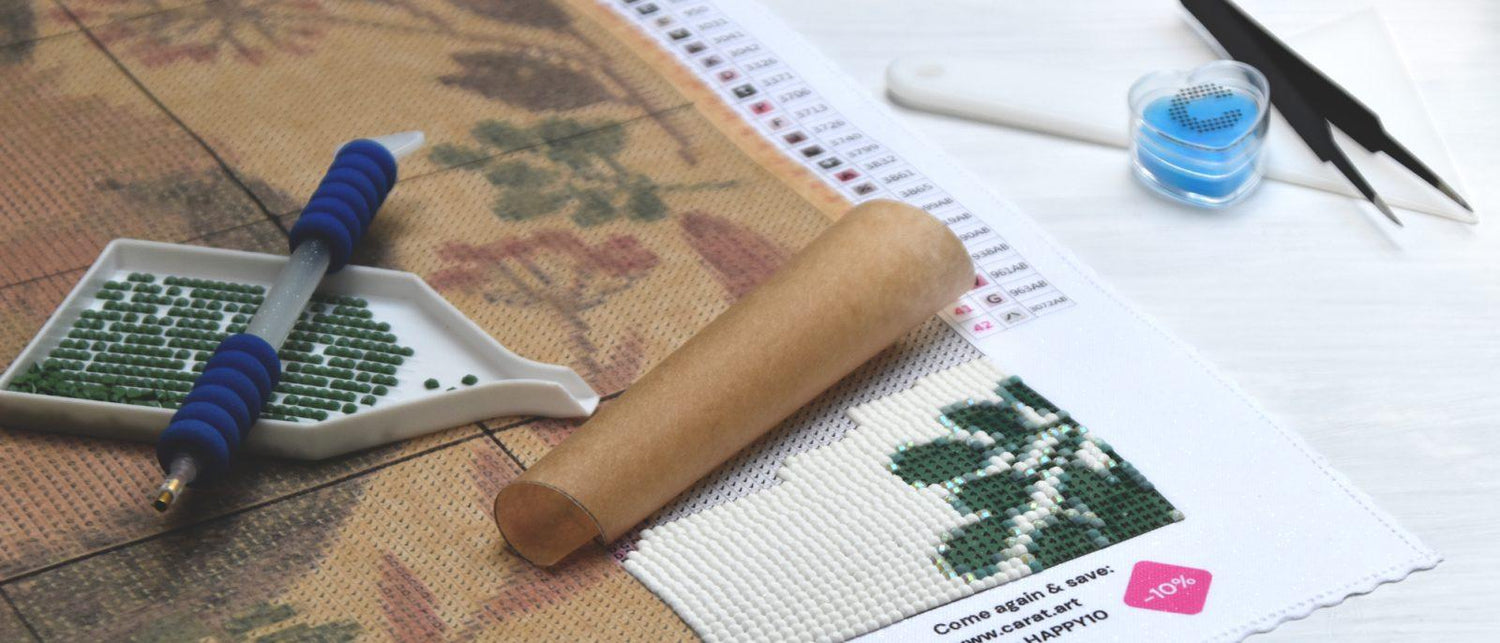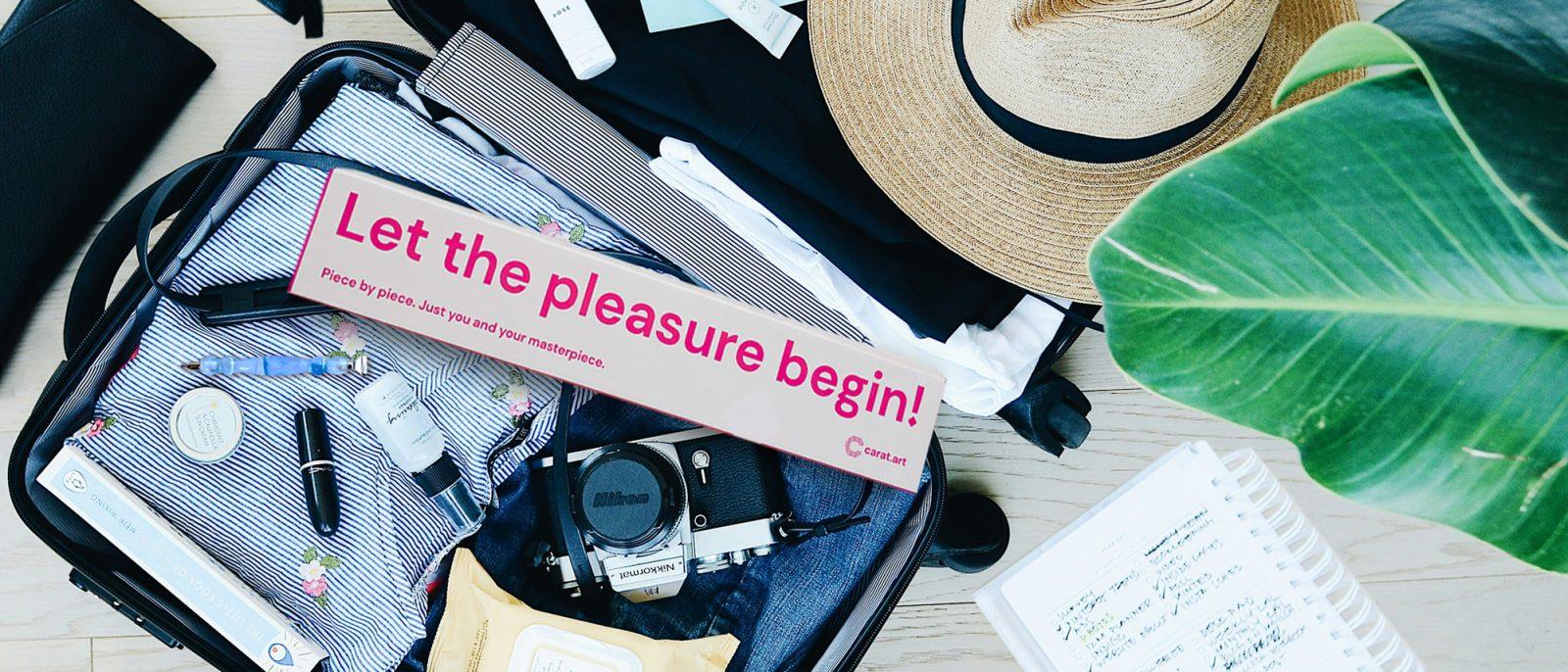There are a variety of techniques and tricks in diamond painting to simplify and individualize painting or to achieve faster or better results. Using baking paper instead of conventional masking film, for example, is one of many ways to work more individually. In this blog post, we will look at the advantages this alternative can offer you and how you can use it successfully.

Why use baking paper for Diamond Painting? The decision to use baking paper instead of the transparent masking film that is applied to the self-adhesive canvas can have several reasons. First of all, baking paper is an inexpensive alternative and is already available in most households. Sometimes the transparent masking film tears, gets damaged or is accidentally removed and then baking paper can be used as a quick replacement. Baking paper also offers some additional advantages for some Diamond Painters compared to conventional masking film. Among other things, the following points are mentioned when you ask those who like to work with baking paper:
- No annoying noise: Unlike foil, baking paper does not cause loud crackling noises, which many people find unpleasant with the original foil
- better adhesion: Baking paper often adheres better to the adhesive surface of the Diamond Painting Kit than normal masking film and can also be easily removed at any time, as long as you make sure to use baking paper with a non-stick coating.
- less transparency: baking paper is not transparent, but only slightly transparent and some people like it when you can't see the entire Diamond Painting motif, but only the area you are currently working on
- ideal option for labeling and dividing: If you like to divide your Diamond Painting into individual segments in order to work on them step by step, baking paper is the ideal material for marking, labeling and cutting these sections directly on the paper.

Replace Diamond Painting foil with baking paper. How do I proceed? Using baking paper instead of masking film is easy and only requires a few steps. Before you start, however, it is important to make sure that you only use coated baking paper, as otherwise it cannot be removed from the adhesive surface.

Step 1: Measure the size of your Diamond Painting canvas to determine the size of baking paper you need. Cutting: Cut a piece of baking paper to the size of your canvas. It should be large enough to cover the entire gluing surface. If your Diamond Painting is very large, you can join several pieces of baking paper together to cover the entire surface. Step 2: Carefully remove the original plastic film from the adhesive surface of your diamond painting.

Step 3: Now carefully place the baking paper on the adhesive surface. To make sure that the baking paper actually has the right coating, you can first carefully press a small corner onto the edge and then remove it again. If it comes off easily, you can gently press it down over the entire surface, piece by piece, to ensure that it adheres evenly and that there are as few air bubbles as possible.

Step 4: Carefully remove any creases in the baking paper or trapped air in the form of bubbles between the baking paper and the adhesive surface with a spatula or ruler by gently stroking from the center outwards in all directions several times. Step 5: Cut off any excess baking paper along the edges of your diamond image. Make sure that you cut cleanly and precisely to achieve a neat appearance.

Step 6: Using a pencil and a ruler, draw lines on the baking paper to divide your picture into sections. You can decide for yourself how big these sections should be. Then carefully cut along each line to separate the sections. With these steps, you can easily replace the transparent backing sheet of your diamond painting with baking paper to customize your diamond painting experience.

Overall, using coated baking paper as an alternative to transparent masking film for diamond painting offers a number of advantages. From better adhesion and less transparency to easy sourcing and reusability, baking paper is a cost-effective and practical option for all Diamond Painters. Give it a try for your next project and see for yourself whether this method is right for you!



Leave a comment
This site is protected by hCaptcha and the hCaptcha Privacy Policy and Terms of Service apply.